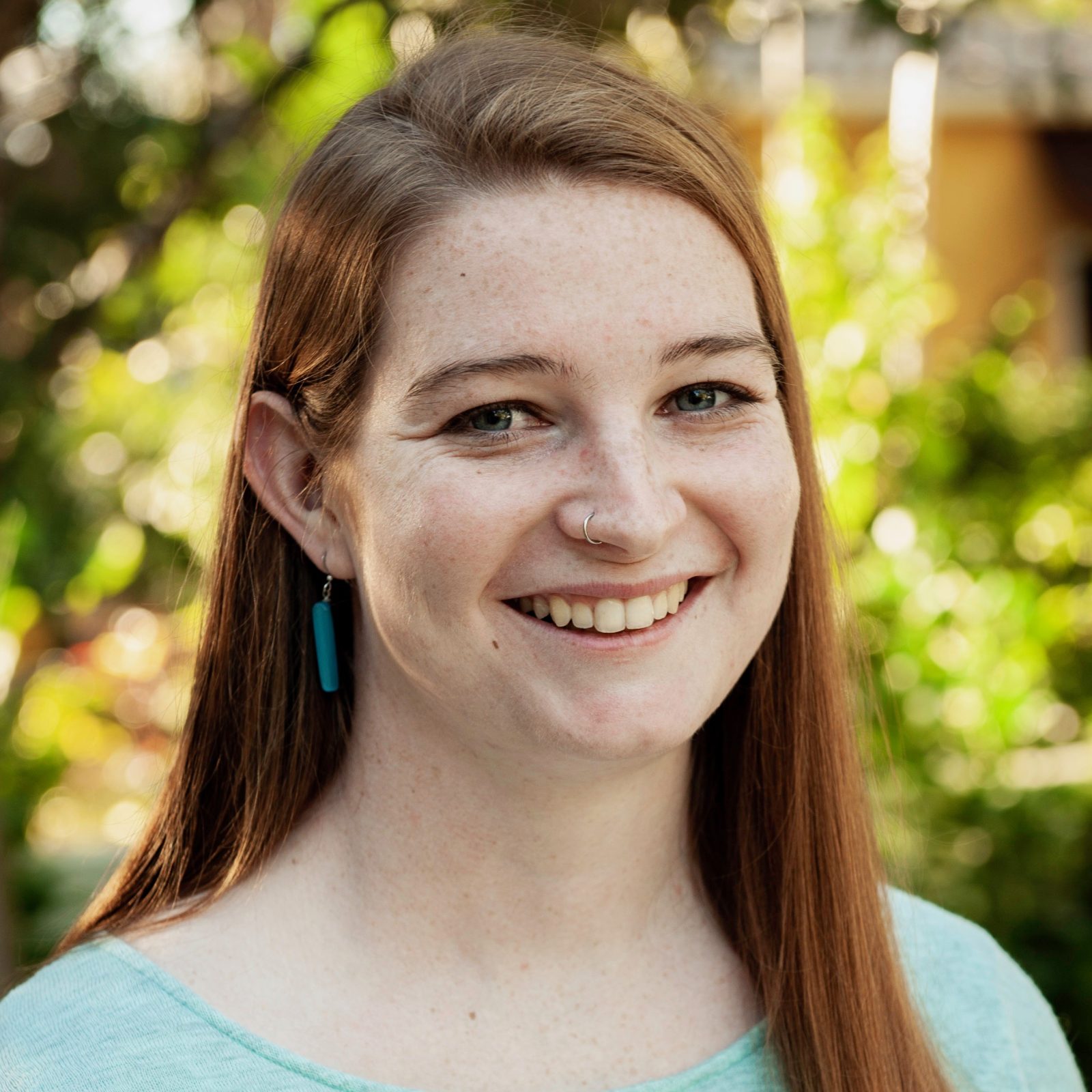I was introduced to the R.W. Kern Center, still a skeleton of a building, during my first week at Hampshire, styling a bright yellow hard hat. The RWKC quickly became the inspiration for and then the centerpiece of my academic pursuits as an undergraduate. It was a puzzle I wanted—and am still trying—to solve.

A blast from the past: this is the selfie I took as a newbie at Hampshire during my first tour of the R.W Kern Center.
The RWKC is home to a novel water collection and treatment system, designed to minimize the impact of the building on the natural environment. I spend most of my time at the RWKC focusing on greywater—wastewater, or used water, that has not come into contact with human waste. Greywater includes wastewater from sinks and water fountains. Because the RWKC uses waterless composting toilets, all of the wastewater produced by the building is greywater.
When it rains in a natural environment, water flows back into the ground as a part of the water cycle. But when we build roads and buildings, this cycle is interrupted. Water is rerouted to sinks, storm drains, canals, or even sewage treatment plants. The RWKC was designed to minimize that interruption. When it rains, the RWKC collects that rainwater, uses it, cleans it, and returns it to the ground so it can reenter the water cycle.
All of the building’s greywater is collected in the basement and treated through a series of filters and constructed wetlands, aka low-tech concrete boxes filled primarily with sand and topped with a layer of soil and plants. Greywater is sent through these planters—located in the atrium of the building and outside—for treatment. The treated water absorbs back into the ground, filling natural underground reservoirs.
I usually just tell people I study decentralized water catchment, treatment, and reuse options that incorporate natural systems to minimize our human water footprint.
I digress. I am writing this post now as an intern at the RWKC. This semester, I’m working on creating and implementing workshops about water and environmental justice for middle and high school-aged students. We’ll discuss where our water comes from, where it goes, and what it means for water to be “clean,” as well as why certain populations are more susceptible to the dangers of water pollution and toxicity.
Water is something that everyone has a daily experience with, and so far I’ve found that students are interested in talking about it. When prompted, they realize that they know a lot about where their water comes from and goes, and they usually have just as many answers as they do questions. My hope to empower youth to ask and answer important questions about their water resources and invite them to consider big topics like climate change and environmental justice.


